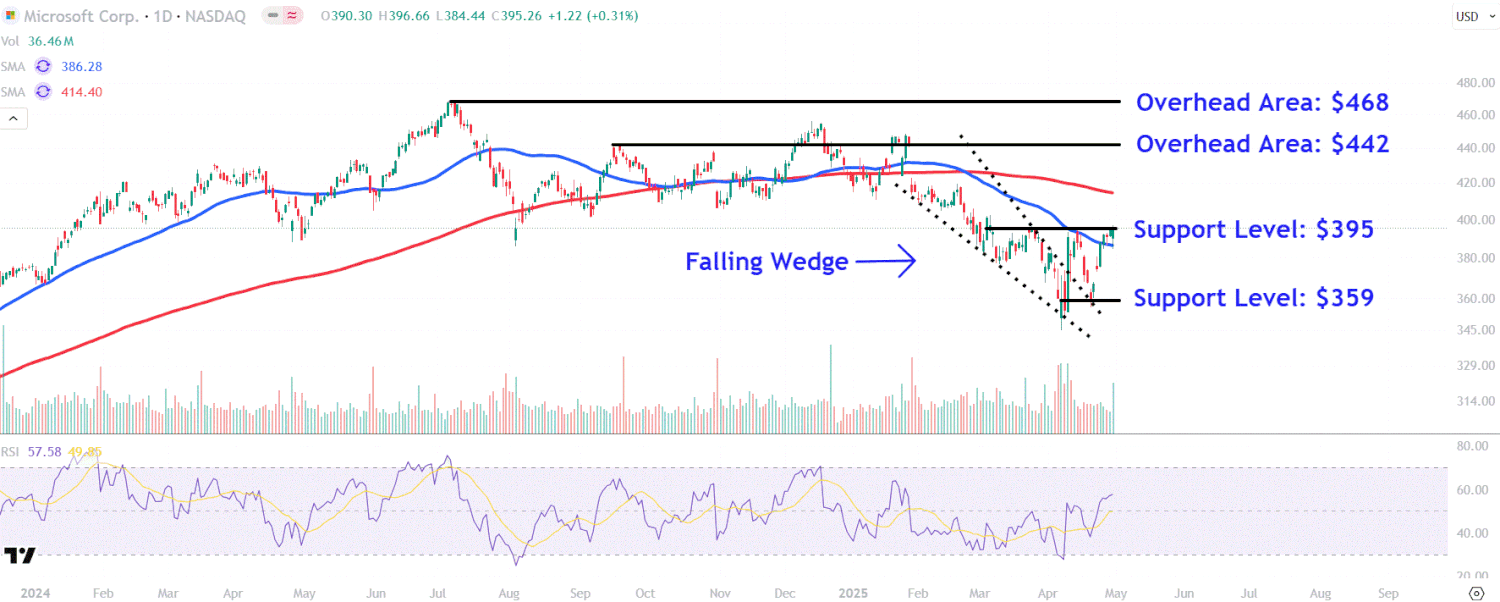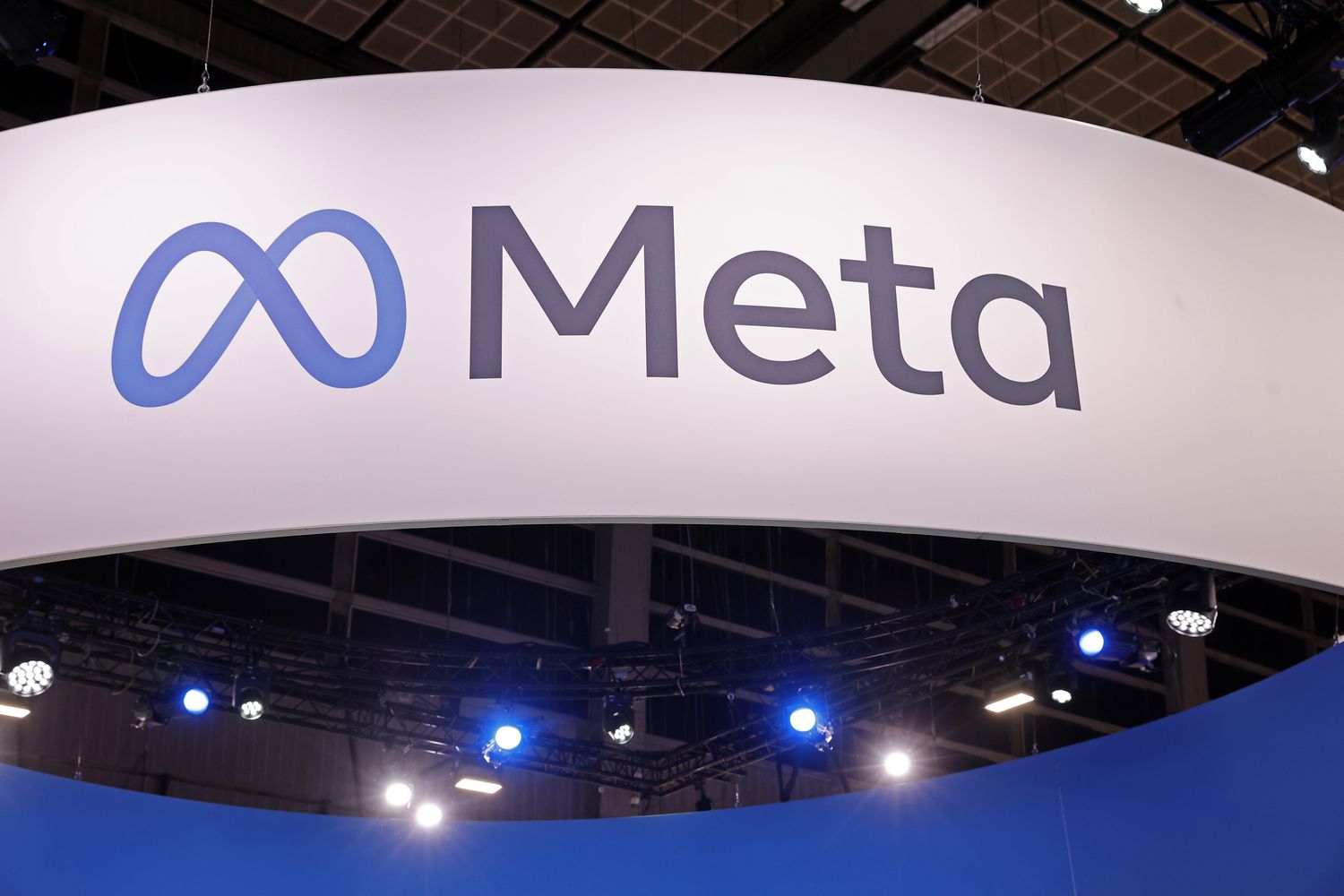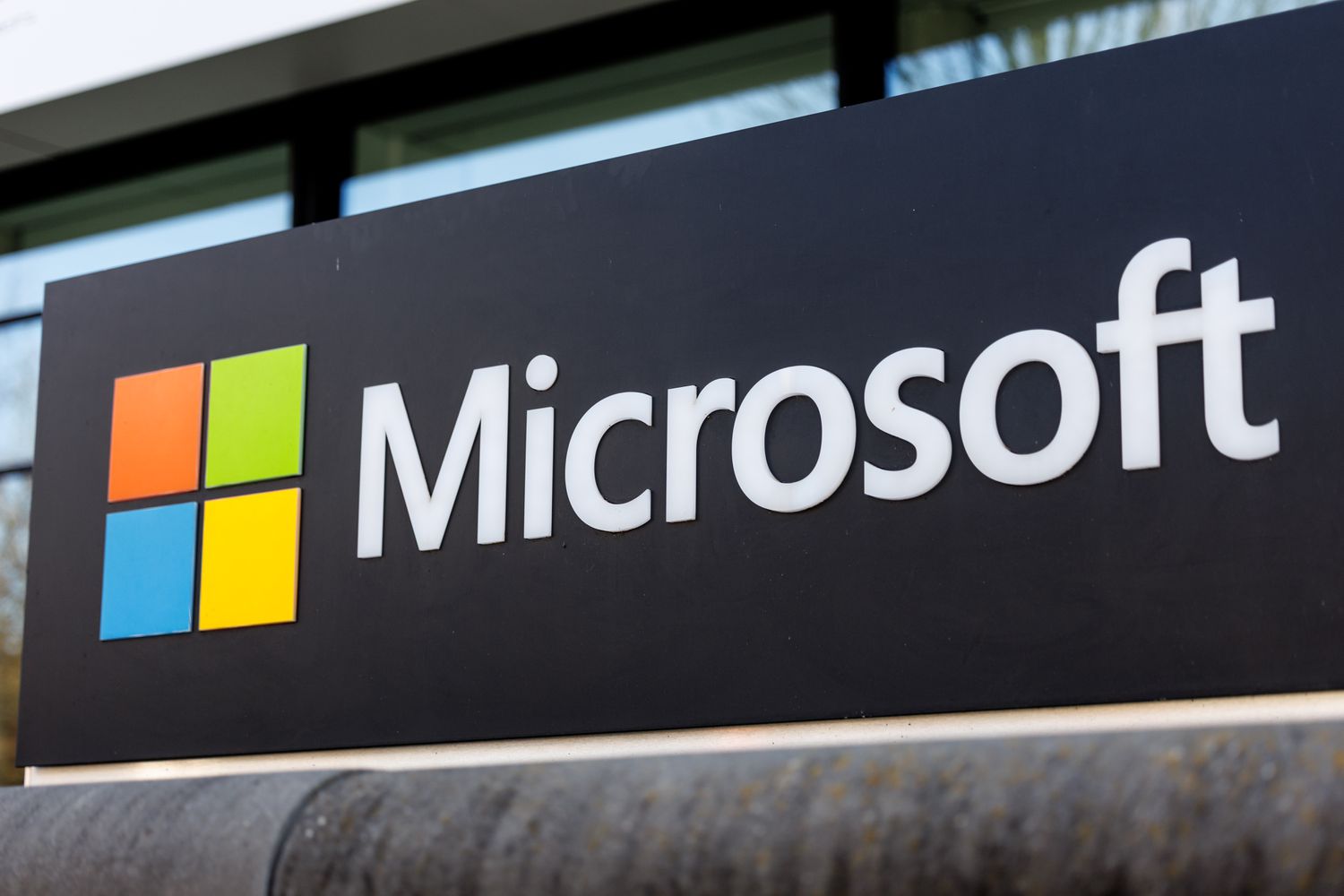The Fed Meets in One Week. Here’s What That Could Do to Savings and CD Rates.


Key Takeaways
- The Fed will announce an interest rate decision next Wednesday, and it’s virtually certain they’ll hold rates steady once again.
- But rate cuts in 2025 are expected, with financial markets currently pricing in reductions of at least a percentage point by year’s end.
- The best savings account rates tend to follow actual moves in the federal funds rate, so we expect those to hold roughly steady for now.
- But CD rates often change in anticipation of Fed moves, so the prospect of cuts could be enough to nudge the best CD rates gradually lower.
- That said, the economic outlook is very uncertain right now in light of President Donald Trump’s evolving tariff policy—making Fed rate forecasts more difficult than usual.
The full article continues below these offers from our partners.
What’s Predicted From the Fed Next Week—and for the Rest of 2025
So far this year, the Federal Reserve has paused the federal funds rate at its current level for two consecutive meetings. That followed a three-meeting run of rate cuts between September and December 2024 that lowered the benchmark rate by a full percentage point. Previously, the Fed had held its key rate at a historic 23-year high for 14 months.
The Fed’s rate-setting committee will meet again next week. Though nothing will be certain until the Wednesday rate announcement, CME Group’s FedWatch Tool currently shows an overwhelming probability of the central bank holding the fed funds rate steady yet again.
After the May gathering, there will be five more Fed rate-setting meetings in 2025. And according to year-end probabilities reported by the CME Group, traders are currently pricing in about 75% odds that Fed cuts totaling at least 1 percentage point will be executed by December 2025. Most likely, that would occur as four 0.25-point cuts, but the Fed could also choose to make a larger reduction at any meeting.
As for when the Fed’s predicted rate reductions will arrive, markets are pricing in approximately 2:1 odds that the Fed will announce its first 2025 cut on June 18, with a quarter-point reduction. And then traders estimate a majority probability of another quarter-point cut after the July 29-30 meeting.
Warning
As we always caution, rate predictions far into the future should not be considered reliable, as the Fed makes each of its rate decisions meeting by meeting based on the latest economic data available. And that’s especially true right now due to the possibility that the Trump administration’s tariff policy will push inflation rates higher.
How Next Week’s Fed Announcement Is Likely to Affect Saving and CD Rates
With no rate move expected from the Fed next week, we don’t anticipate savings account rates to show meaningful change in the immediate term. Since banks and credit unions can change their savings rates at the drop of a hat, they are often comfortable waiting to lower rates until a Fed move is implemented.
That said, there is no guarantee that the top savings account rate—currently 5.00% APY—will remain available, as any given offer can be adjusted at any time. But across our ranking of the best high-yield savings accounts, we don’t anticipate that next week’s likely Fed rate hold will trigger a meaningful change in the general range of APYs you see there.
CD rates, on the other hand, behave a bit differently. That’s because CDs offer you not just a rate for today, but a rate promise for the future—and banks and credit unions don’t want to get locked into paying CD rates they’ll regret down the road. As a result, institutions often change their CD rates in advance of an upcoming Fed rate move, especially when confidence in a Fed decision is high.
So what does that mean for the best CD rates next week? It depends on what the Fed’s statement says, and what signals Fed Chair Jerome Powell gives in his post-meeting press conference. If he hints that the central bankers will likely make a rate cut in June, some institutions could start lowering their CD rates sooner rather than later.
But if the Fed suggests it will be in wait-and-see mode for longer than the market is currently predicting, that could keep CD rates generally where they are until there is stronger evidence the Fed is ready to make a move.
In any case, CD rates are likely to see a gradual drift downward rather than anything dramatic (barring a dramatic move by the Fed). As we’ve said, however, the outlook is very uncertain right now. How President Trump’s tariff policy will impact inflation, economic growth, and—by extension— Fed monetary policy, remains to be seen.
Daily Rankings of the Best CDs and Savings Accounts
We update these rankings every business day to give you the best deposit rates available:
Important
Note that the “top rates” quoted here are the highest nationally available rates Investopedia has identified in its daily rate research on hundreds of banks and credit unions. This is much different than the national average, which includes all banks offering a CD with that term, including many large banks that pay a pittance in interest. Thus, the national averages are always quite low, while the top rates you can unearth by shopping around are often 5, 10, or even 15 times higher.
How We Find the Best Savings and CD Rates
Every business day, Investopedia tracks the rate data of more than 200 banks and credit unions that offer CDs and savings accounts to customers nationwide and determines daily rankings of the top-paying accounts. To qualify for our lists, the institution must be federally insured (FDIC for banks, NCUA for credit unions), and the account’s minimum initial deposit must not exceed $25,000. It also cannot specify a maximum deposit amount that’s below $5,000.
Banks must be available in at least 40 states to qualify as nationally available. And while some credit unions require you to donate to a specific charity or association to become a member if you don’t meet other eligibility criteria (e.g., you don’t live in a certain area or work in a certain kind of job), we exclude credit unions whose donation requirement is $40 or more. For more about how we choose the best rates, read our full methodology.


































